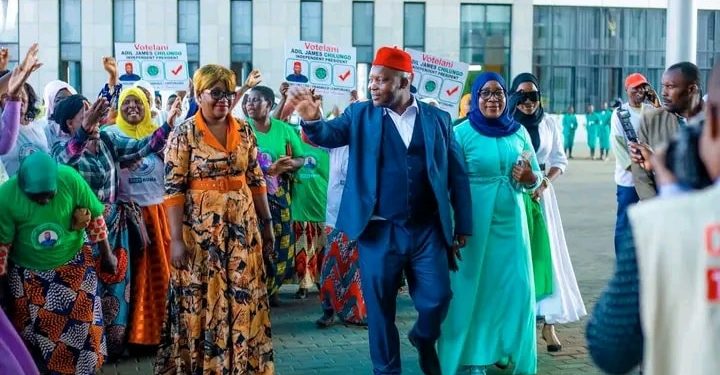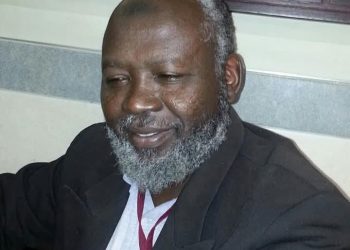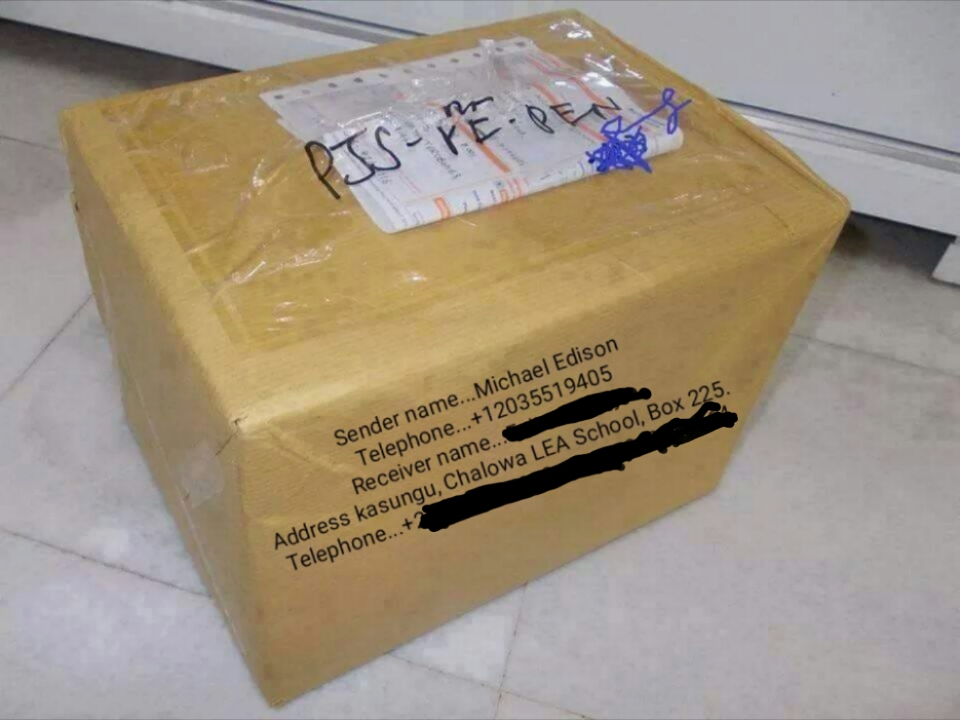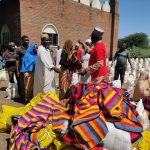
Unlike late Dr. Banda’s Kachere tree in Kasungu late Sheikh Hussein Mwarabu’s was a grass thatched Barn, him as a teacher.
That was the beginning of Namanolo Academy, which today finds itself on the globe map.
The founder is believed to be one of the offspring of Arab settlers who stationed in the early 19th Century.
He had a vision for the future of Allah Deen, which in his era met numerous hindrances.
In 1950, he opened Madrassa, which saw the exodus of youngmen from all corners of Nyasaland by then flocking to this Islamic School.
Later, he constructed a grass-thatched barn, which served as a dormitory for student and through his resources, he employed a number of Sheikhs on monthly salary of one pound [MK1.00] by then.
This knowledge site could not wait explorers nor researchers to discover it. In 1978, the white Indians from South Africa paid a visit and pledged to assist the School, which say two blocks in 1984 which up to date accommodates fifty boarders.
BACKGROUND
The history of Mwarabu takes us back to slavery days. Two Muscat Arabs, Salmin and Arab Abubakar from Oman, the two traders stationed at this village as a focal point from Zambia, Mulanje and Mozambique.
After collecting the slaves, they camped at this village waiting for their journey to Zanzibar.
Later, the two Arabs liked the place and decided to build their villages. Omar (a Malawian) commander of the team which used to hunt for slaves was told to collect two daughters of Abubakar, Anas and Awuwa, who he left in Tanzania. Upon coming the two Arabs organized another trip to take their relatives. On their way, they died.
This lead to intermarriages among the slaves and the villagers which did not spare the two Arabian girls.
The presence of the two Arabian women, which was very unique after slave trade turned to be the identity of the village. The villagers even other sister villages used to call this village [Mudzi Mwa Arabu] meaning the Arab village.
Today, the alias name has entered in the Government books even the chieftainship is called Mwarabu.
NAMANOLO
Another fascinating story for this blessed village is the name which the institution bears, ‘Namanolo.’ Some hundred years ago people in the village used to go and collect trees [milimo] in the mountain adjacent to it and Bamboo along the Shire river banks.
On the route to this two destination stands a rock of which the villagers used for sharpening their knives [Zikwanje] as time went by a spring developed which encouraged the people to dig well which is still there. When it came of naming the centre late Sheikh Mwarabu did not hastate to call it Namanolo Islamic Centre, this time not to sharpen knives, but brains of youngmen.
Of late, the centre has sealed the century by a full Secondary School with 13 Hifiz graduates.
Just three kilometers after Mangochi turn off along Mangochi road, you will be surprised to see Sudanese, Arabs and Malawians living as one family. Salam is the traditional greetings, every female under hijab even a one day old baby girl. Arabic is the compound’s commercial language, to sum it up Namanolo is just another Medina.
Mabvuto Chisese, Almizan Magazine Vol. 1 No. 5 ’99. pp.3



















